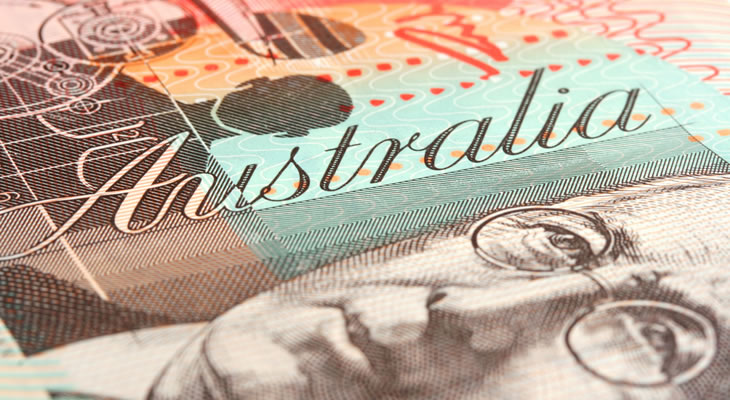Despite concerns of Brexit negotiations going south and worries that Britain’s economic growth could slow in 2017, the Pound Australian Dollar exchange rate has strengthened this week due to low market appetite for risk.
GBP AUD opened this week at the level of 1.7442 and hit a two-week-low of 1.7343 on Tuesday. However, things are looking up for the pair now and GBP AUD jumped to a high of 1.7492 on Wednesday.
The main reason for GBP AUD gains on Wednesday has been a drop in market appetite for risky currencies amid this week’s rising political jitters.
Since the weekend, US President Donald Trump has been caught up in an increasing number of scandals regarding Russia and his firing of ex-FBI Director James Comey.
It emerged across Monday and Tuesday that Trump had given classified intelligence information to Russian officials during a recent meeting. Then on Tuesday evening the New York Times reported that according to a memo from Comey, Trump had asked him to end an investigation into ex-government official Michael Flynn.
Markets have perceived these reports as having a negative effect on Trump’s chances of finding enough support for his taxation plans. Some have even speculated about the possibility of impeachment.
This rise of political uncertainty and instability in the US has made markets around the globe anxious as they avert their attention from risky investments and commodities in favour or ‘safe haven’ assets.
As the Australian Dollar is a risky, commodity-correlated currency, it too has been hit by this week’s Trump news. This allowed Sterling to benefit from ‘Aussie’ weakness on Wednesday.
GBP AUD gains have been largely due to ‘Aussie’ weakness, as the Pound has seen underwhelming performance itself.
Tuesday’s UK inflation stat beat expectations with a yearly figure of 2.7% but was unable to improve the Pound outlook. This is because the Bank of England (BoE) indicated last week that even if UK inflation nears 3% it will not pressure them into tightening UK monetary policy.
Wednesday’s session followed with Britain’s latest job data. March employment was stronger than expected and the unemployment rate fell to a multi-decade low of 4.6%, but wage growth excluding bonuses was slower-than-hoped at just 2.1%.
The slow wage growth stat largely offset any market optimism about the number of people in jobs, as inflation continued to rise indicating that British consumers would be seeing a pay squeeze in 2017.
While this week’s data has left the British growth outlook for 2017 lower, GBP AUD performance has improved overall.
The future of this risk-off movement depends heavily on the global political outlook, particularly in the US. If uncertainty around US President Trump cools, the Australian Dollar outlook could improve. However, it’s also still possible for things to continue worsening for Trump.
At the time of writing this article, the Pound Australian Dollar exchange rate trended in the region of 1.7390. The Australian Dollar to Pound exchange rate traded at around 0.5715.


Comments are closed.